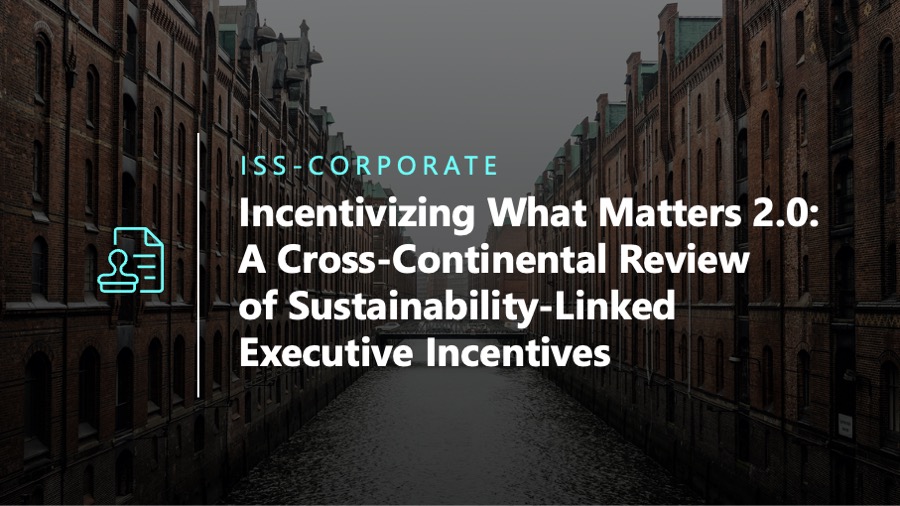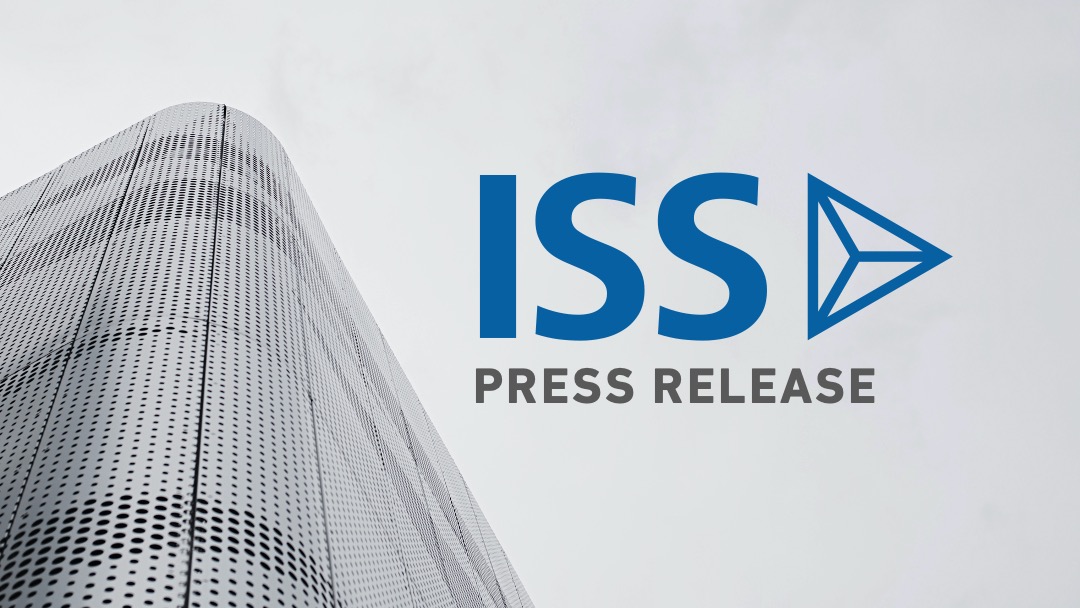- CORPGRO Newspoint
- Posts
- ISS Sees Dramatic Rise in ESG in Incentives
ISS Sees Dramatic Rise in ESG in Incentives

What’s the Story?
Yesterday ISS, a leading proxy advisor, said in a new report that the rise in sustainability linked executive incentives is dramatic.
The ISS report shows disclosed ESG metrics are seen in either STI or LTI, in more than 80% of the STOXX 600 companies, 55% of the S&P 500, and 25% of the Russel 3000 (ex S&P 500), for the year ended 30 June 2023.
The STOXX 600 figure rose by 1/3rd over the last two years, and the figures for the S&P 500 and Russel 300 (ex S&P 500) each jumped 150% over the same period.

Source ISS
ESG metrics in incentives is significantly more common in STI (bonus) than it is in LTI, with this being particularly so in the USA. Nonetheless, the use of ESG metrics in LTIs is observed and rising, most notably in the STOXX 600, where such use reached almost half of companies by mid 2023.
Within the ESG set, there is a clear difference between Climate and Social measures for Europe and S&P 500 practice. Environmental measures are seen in 38% of European companies, but in only 21% of S&P 500 companies. Conversely, S&P 500 companies have a social metric in some 63% of cases, compared to 45% of companies in Europe.
ISS repeats its 2021 Global Benchmark Policy Survey result which shows only 4% of responding investors believed that ESG related metrics should NOT be incorporated into executive compensation.
In fact, in the 2021 survey, 87% of investors were in favour, with 52% of that number saying that ESG metrics should be used for executive incentives only if they are specific, measurable, and deployed with targets which are clearly communicated. The remaining 34% of investors said ESG metrics should be used in executive compensation but only if the company is clear that the non-financial metric is an effective way to generate positive outcomes important to the company.
Why Does it Matter?
Only last week, an article in the FT by a professor of Finance at Stern Business School explained that “ESG is beyond redemption: make it RIP“.
At its core, the article reiterated the notion that the role of companies is to create shareholder value, and that other aspects of doing good should be the job of governments and not-for-profit organisations, such as charities. This is the old Shareholder Primacy argument.
However, a detailed study by Kroll published in September 2023, shows a clear and strong positive correlation between ESG scores and better TSR outcomes.
That study looked at 13,000 companies over 9 years, in 11 industry segments and a variety of countries. With few exceptions, the results are compelling.
Furthermore, leading companies, worldwide have long recognised that managing the intangible asset ‘goodwill’ is sound business practice. Companies that seek to maximise profit irrespective of the impact on their business partners and society may find that they fail to maximise shareholder value as the company reputation erodes.
Perhaps the Stern professor has invented the concept of ‘Brown washing’ publicly propounding that environmental and other ESG factors are not important, when the evidence suggests otherwise.
Newspoint view
It is unquestionably the case that ESG has moved from being an investor desired issue, to a significant aspect of corporate activity underpinning success.
Executive incentives should align executive and shareholder interests. Good management of ESG factors, where these are important to the business, makes excellent business sense.
It follows clearly, therefore, that these important aspects of ESG should be included correctly within the executive incentive set.
Market practice in executive compensation is following a very clear path. ESG has already been included in the incentive set, in a large number of cases. What is open to question, however, is whether this inclusion of ESG has been done correctly.
What is needed now is an ESG metric re-evaluation. All too often, ESG has been inserted into a pre-existing incentive structure in a "Bolt-on" manner. While the incidence of ESG metrics is high, the pay weighting and incentive impact may remain small relative to that of the conventional financial metrics.
Institutional investors have been clear for some time that the metrics selected for ESG must be material, relevant to the business, measurable, explained clearly and deployed with targets no less difficult than those chosen for non-ESG metrics.
It is unfair to judge ESG in incentives fully as yet, because this practice remains in its infancy. That said, experience is evolving rapidly.
We can therefore predict with confidence that in the next year or so, ESG in incentives will be deployed with significantly greater insight and precision. Newspoint has already flagged the way ahead in this regard.
We can also predict that institutional investors will demand greater explanation of the metrics selected, the targets set, and the accompanying pay out terms.
CORPGRO Helps Companies With:
Please feel free to email or call:
Damian Carnell - [email protected] +44 (0) 7989 337118
VA Bec Bostock - [email protected]
Please share this CORPGRO information with your board or your colleagues.





